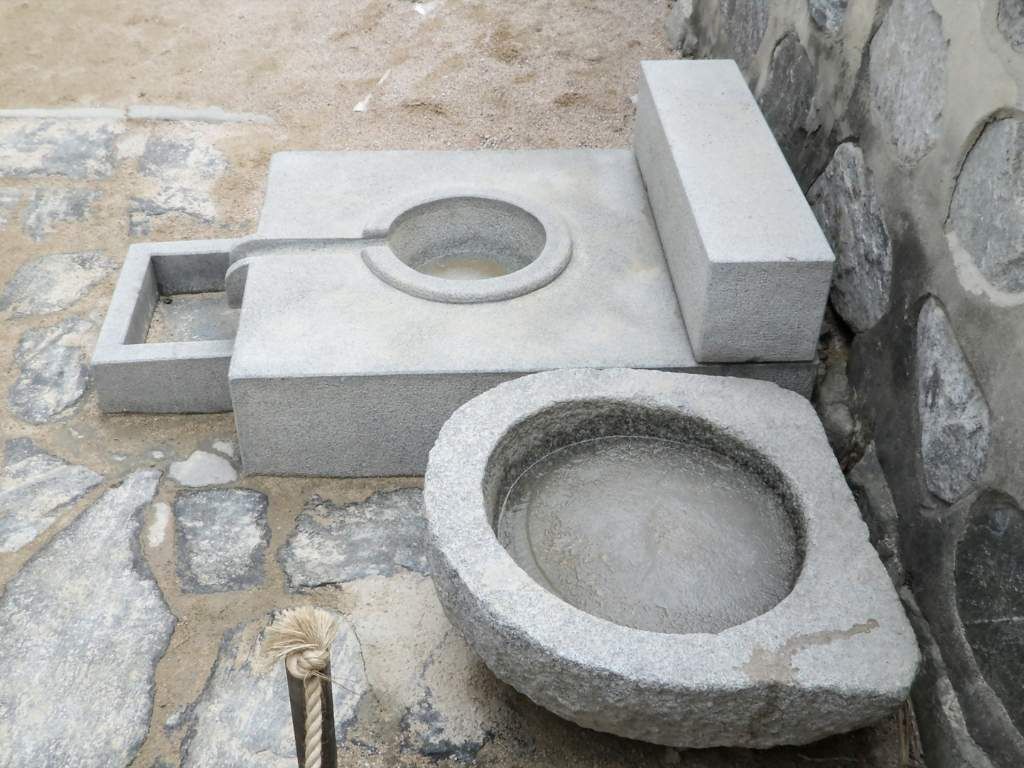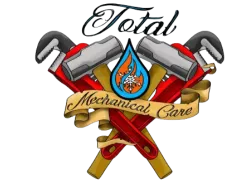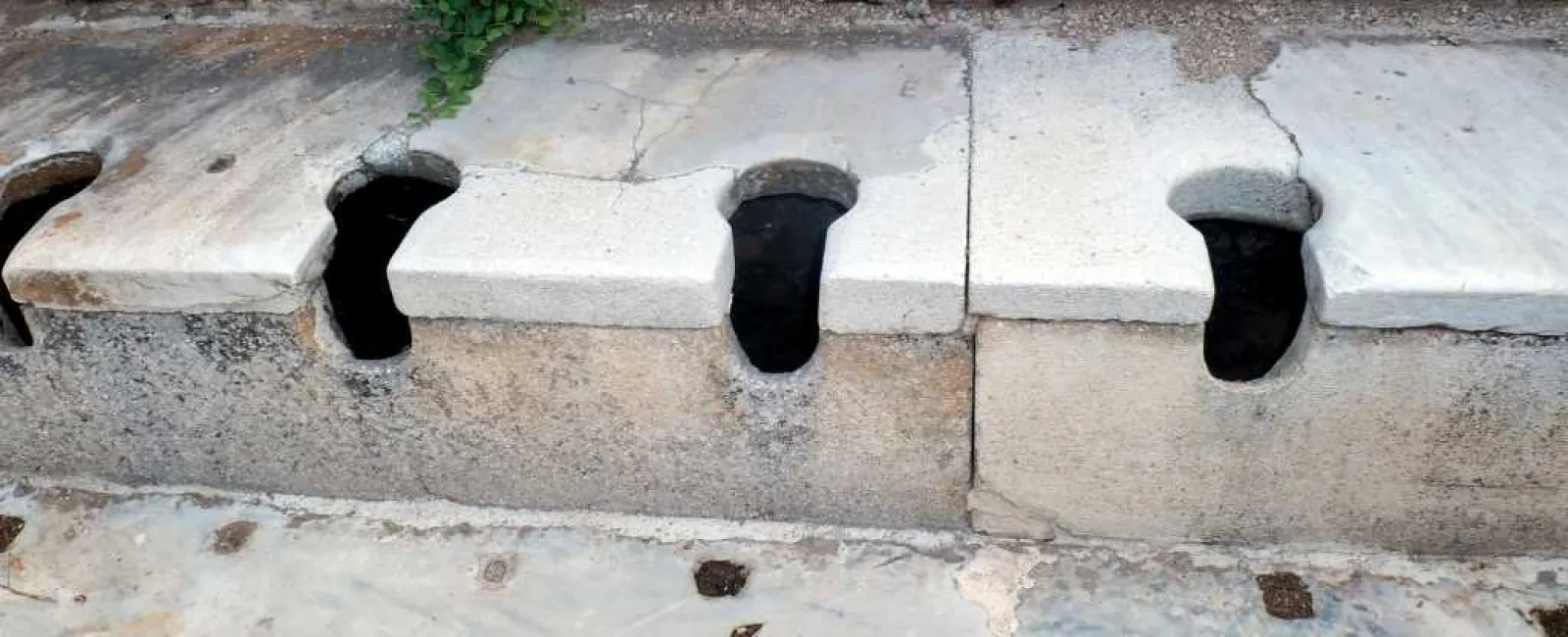July 10, 2025
Indoor plumbing is the system inside your home that delivers clean water to your sinks, toilets, and showers while also removing waste safely. It may seem like a modern convenience, but the concept has been developing for thousands of years.
Most of us don't think twice about flushing a toilet or running a faucet until something goes wrong. But when did indoor plumbing actually begin? Who were the people behind its invention? And when did it become a standard feature in American homes?
This article walks through the full story of indoor plumbing, from its ancient roots to its modern-day importance. We'll also touch on how plumbing systems continue to evolve and what that means for homeowners in places like Atlanta.
When Did Indoor Plumbing Start?
The earliest signs of indoor plumbing go back to around 2500 B.C. in ancient Egypt. Archaeologists have found copper pipes and drainage systems in pyramids and tombs. These setups included bathrooms and running water, suggesting the Egyptians valued cleanliness even in the afterlife.
Later, the Romans developed more advanced plumbing systems. They engineered aqueducts, underground sewers, public baths, and even indoor water systems for wealthy households. These innovations brought fresh water into homes and helped remove waste more efficiently than ever before.
Although much of this progress disappeared after the fall of the Roman Empire, their systems laid the foundation for the plumbing practices we rely on today.

Who Invented Plumbing?
Plumbing did not have a single inventor. Instead, many individuals contributed to its development over time.
-
Sir John Harington designed an early flushing toilet in 1596 for Queen Elizabeth I. It featured a bowl, a water cistern, and a flush mechanism.
-
Alexander Cumming, a Scottish watchmaker, patented a flushing toilet in 1775. He added an S-shaped pipe to trap sewer gases and keep them from entering the home.
-
Joseph Bramah improved on Cumming's design in 1778 by using a flap valve to seal the bowl, making the toilet more hygienic.
-
Thomas Crapper, a British plumber, helped popularize flush toilets in the late 1800s. He was known for improving the design of water closets and for promoting their use in homes and public buildings.
Each of these inventors made indoor plumbing more practical, safe, and accessible.
When Did Indoor Plumbing Become Common?
At first, indoor plumbing was reserved for the wealthy. Most homes used outdoor privies, wells, or communal facilities.
The Tremont Hotel in Boston, built in 1829, was the first hotel in the United States to provide indoor plumbing for guests. A few years later, in 1833, the White House added running water on the main floor. Plumbing on upper levels wasn't added until the presidency of Franklin Pierce in the 1850s.
By the late 1800s, more cities began developing public water systems and sewer lines. This was especially important in growing cities like Chicago, where poor sanitation led to deadly outbreaks of diseases like cholera. In response, Chicago became one of the first major U.S. cities to develop a comprehensive sewer system.
Despite these advances, indoor plumbing remained uncommon in rural areas well into the 20th century. By the 1930s, it was more common in urban households, and by the 1960s, it had become standard in most American homes.
Why Indoor Plumbing Matters
Indoor plumbing is one of the most important developments in public health and home safety. It plays a critical role in your everyday life.
Here's why it matters:
-
Health and sanitation: Clean water and proper waste removal reduce the spread of disease.
-
Comfort and convenience: Running water makes tasks like bathing, cooking, and laundry faster and easier.
-
Water safety: Modern plumbing systems help regulate temperature, prevent backflow, and ensure water is safe for use.
-
Property protection: Plumbing advancements protect homes from water damage by preventing leaks and controlling pressure.
Living without indoor plumbing would mean using outhouses, collecting water by hand, and having no way to easily maintain hygiene. It's easy to forget how essential it is until you're faced with a problem like a broken pipe or a leaking toilet.
Examples of Plumbing Progress Over Time
Plumbing has come a long way, and each era brought its own improvements.
-
Ancient Egypt used copper pipes in tombs and temples as early as 2500 B.C.
-
Ancient Rome built extensive aqueducts and sewer systems that served public bathhouses and homes.
-
In 1666, King Louis XIV had water pipes installed to bring water to the Palace of Versailles.
-
During the 1800s, toilets became more common thanks to designs from inventors like Cumming and Bramah.
-
In 1904, companies like John C. Flood began bringing modern plumbing to residential areas in the U.S.
-
By the 1940s, the U.S. government introduced plumbing codes to ensure safe and sanitary systems nationwide.
Today, toilets, showers, dishwashers, and washing machines are standard features in nearly every American home.
Plumbing in Atlanta: Past and Present
In a city like Atlanta, where neighborhoods range from historic to newly developed, plumbing systems vary widely. Older homes in areas like Grant Park or Virginia-Highland often have outdated pipes that need replacement or repairs. In contrast, newer homes in suburbs like Alpharetta or Peachtree Corners typically use advanced plumbing materials and designs.
At Total Mechanical Care, we work with homeowners across the Atlanta area to upgrade old plumbing, install modern fixtures, and troubleshoot issues. Whether it's a corroded pipe or a water pressure concern, we understand how to address problems rooted in both history and technology.
How Plumbing Has Changed
While the basic goal of plumbing has always been to move clean water in and waste water out, the technology has improved over time.
| Feature | Then | Now |
|---|---|---|
| Pipes | Lead, clay, copper | PEX, PVC, copper |
| Toilets | Gravity-fed, high water use | Low-flow, dual flush options |
| Water heating | Fire-heated tanks | Tankless, energy-efficient systems |
| Installation | Manual labor, no codes | Code-compliant, faster methods |
| Leak detection | Trial and error | Smart sensors and shutoff valves |
Modern systems are designed for efficiency, safety, and sustainability. Homes today often include leak detection devices, pressure regulators, and eco-friendly fixtures.
When Did Indoor Plumbing Start? Here's the Bottom Line
Indoor plumbing started thousands of years ago with early civilizations like the Egyptians and Romans. Over centuries, inventors refined the technology, and eventually, indoor plumbing became standard in homes across the United States.
It may not be something you see every day, but plumbing is a vital part of your home's comfort, safety, and functionality.
Let Total Mechanical Care Help You Stay Up to Date
If you live in the Atlanta area and have an older home with outdated plumbing or simply want to make upgrades, Total Mechanical Care is ready to help. We handle everything from leak detection and water line repairs to full plumbing replacements and fixture installations.
Contact us today to schedule an inspection or learn more about how modern plumbing solutions can benefit your home.

